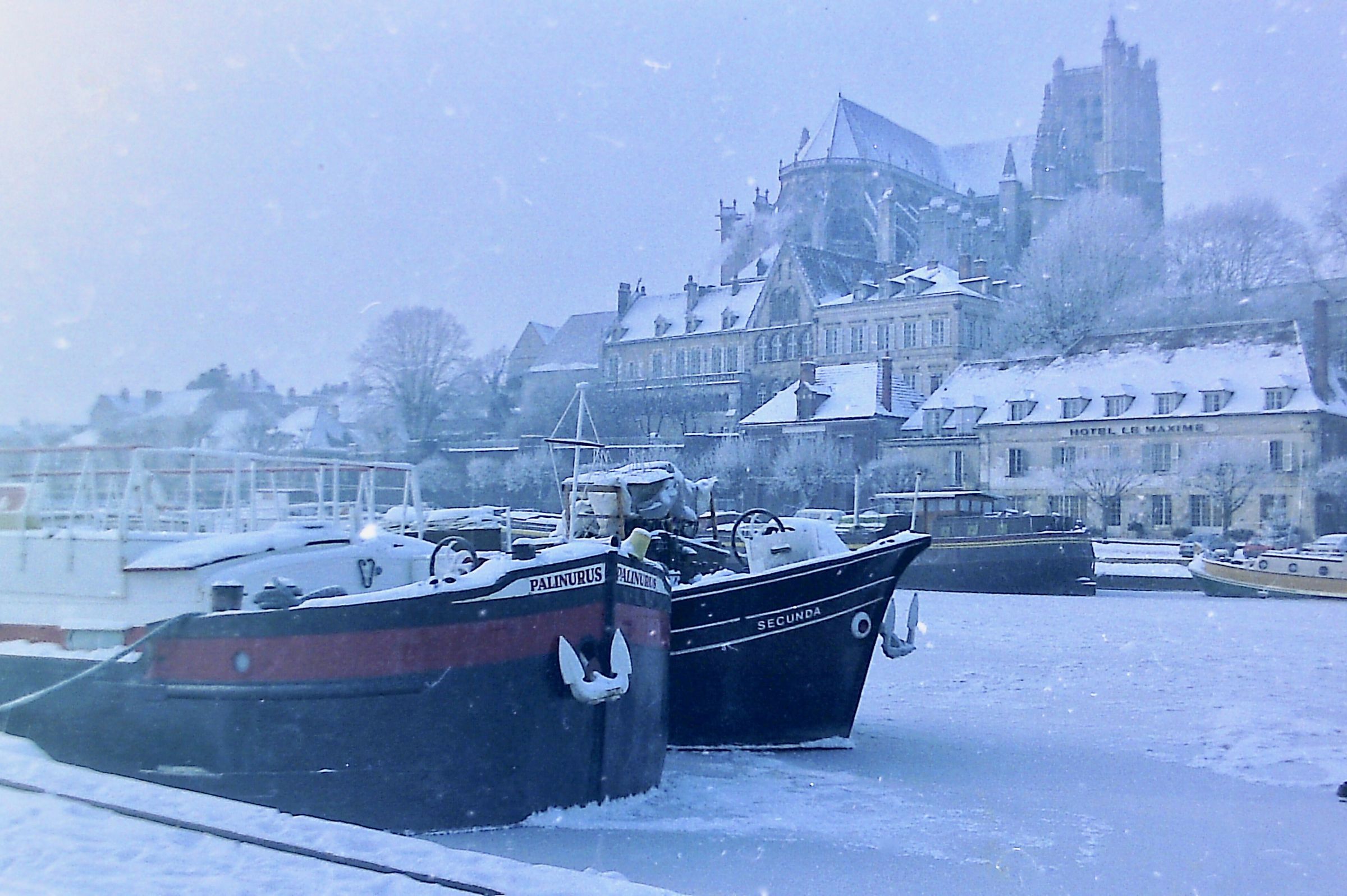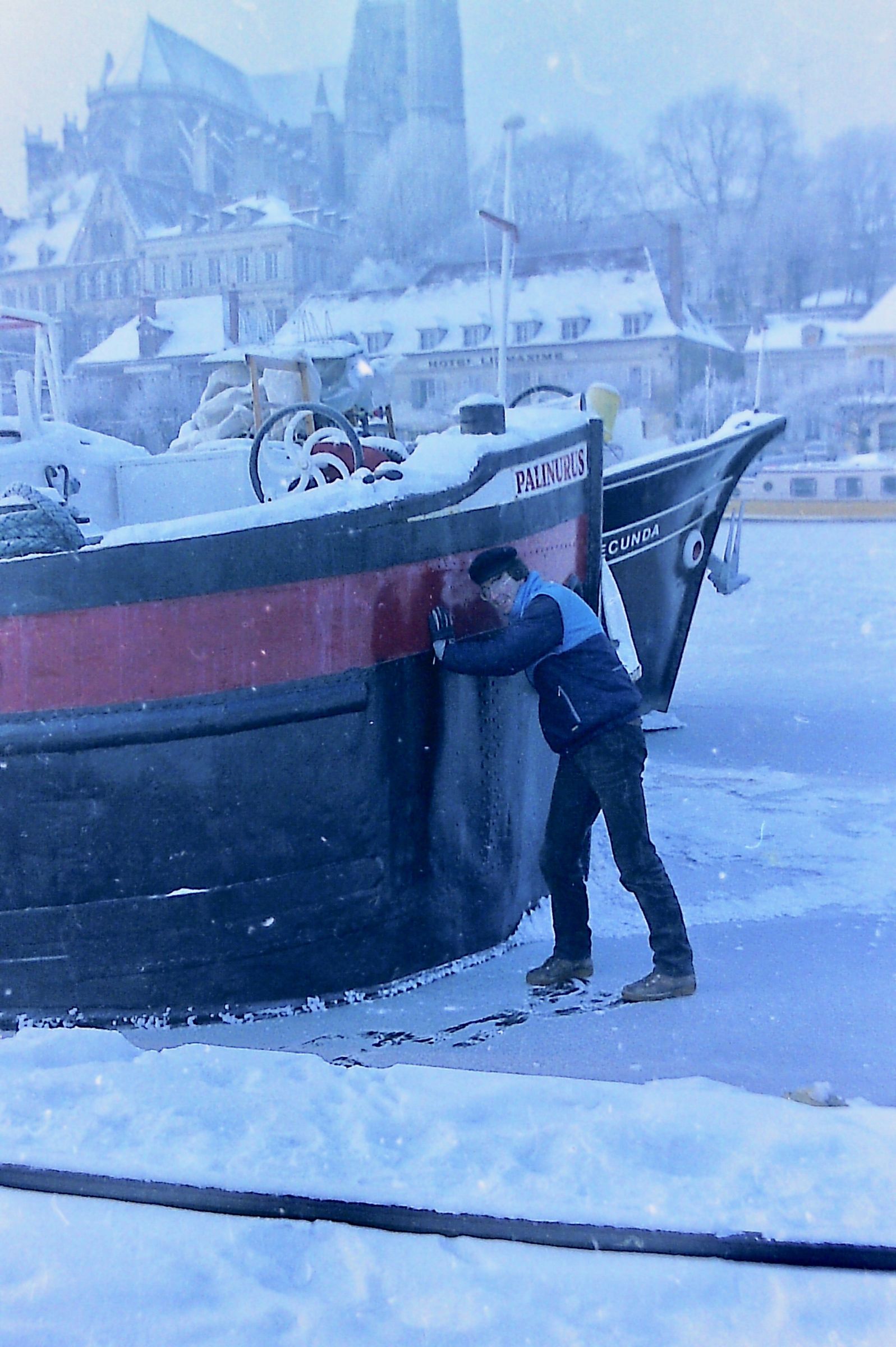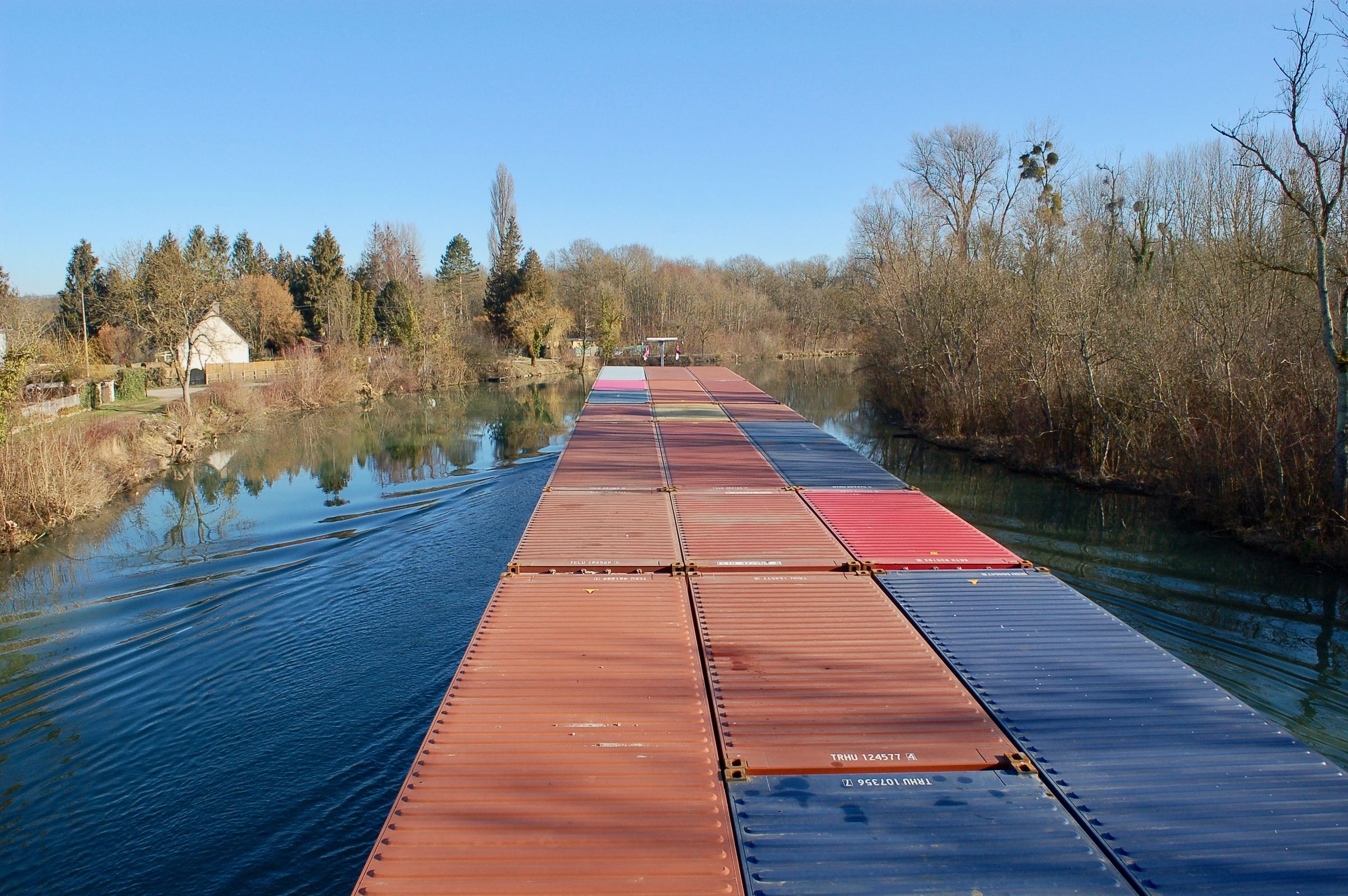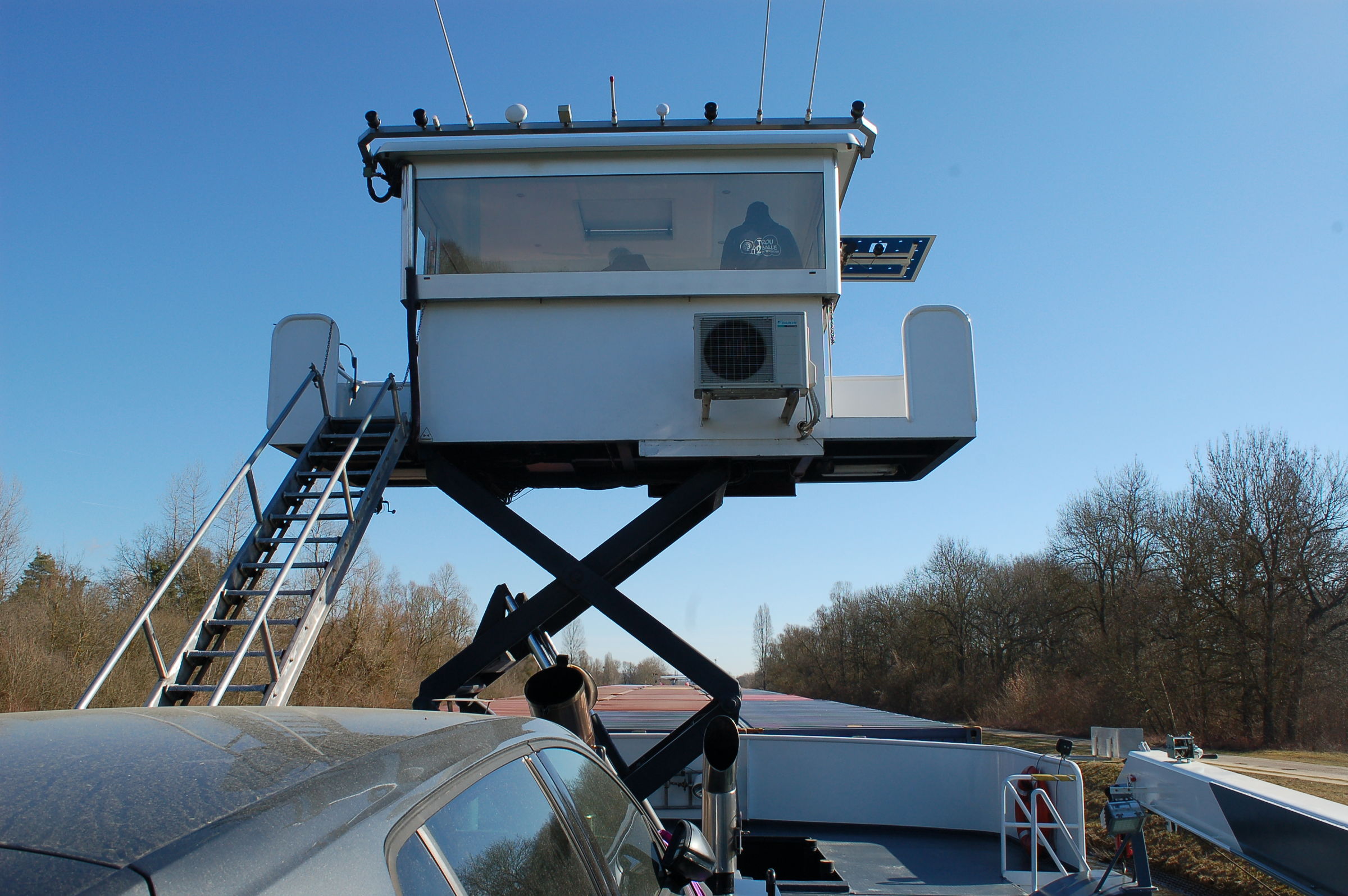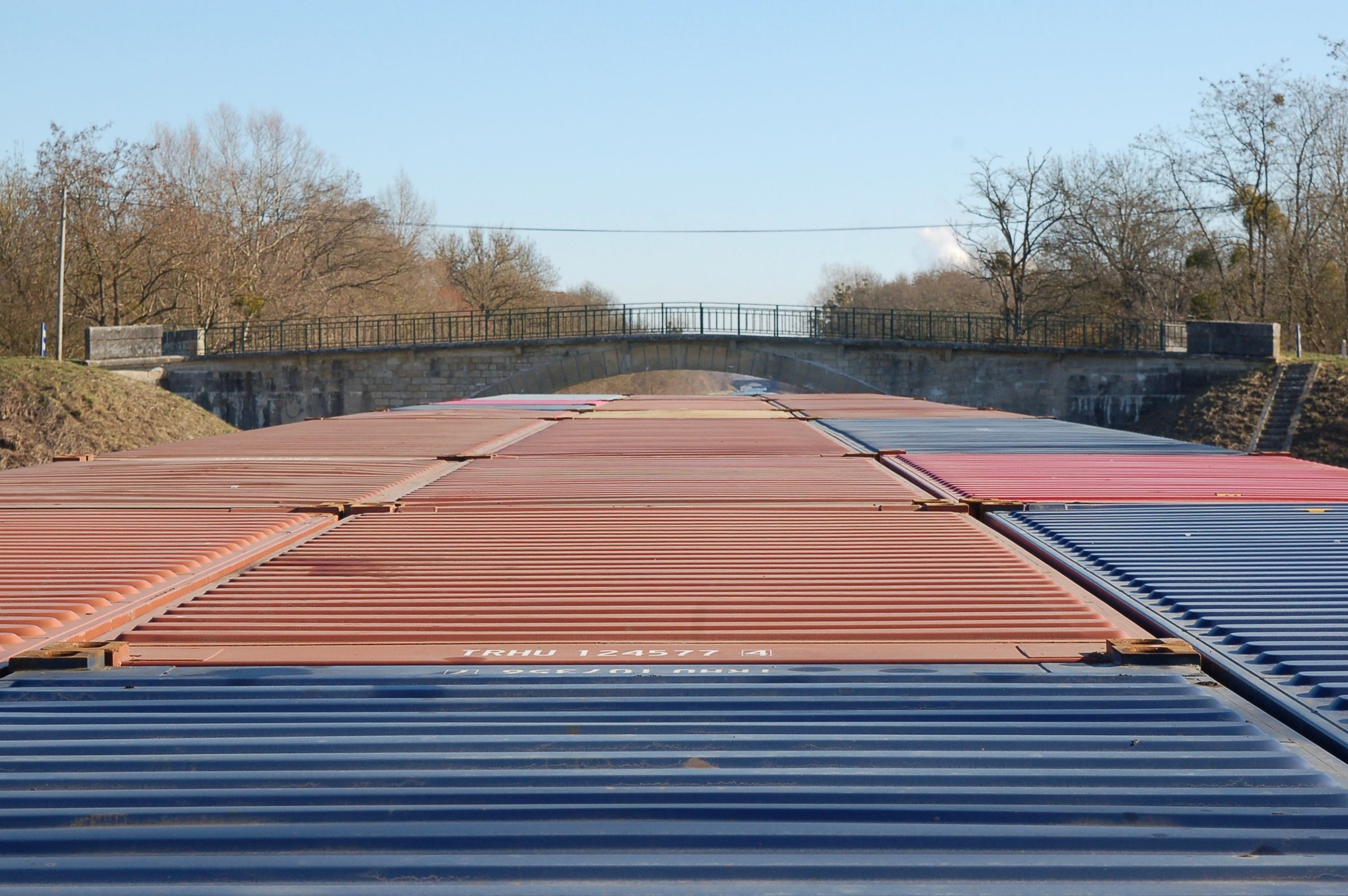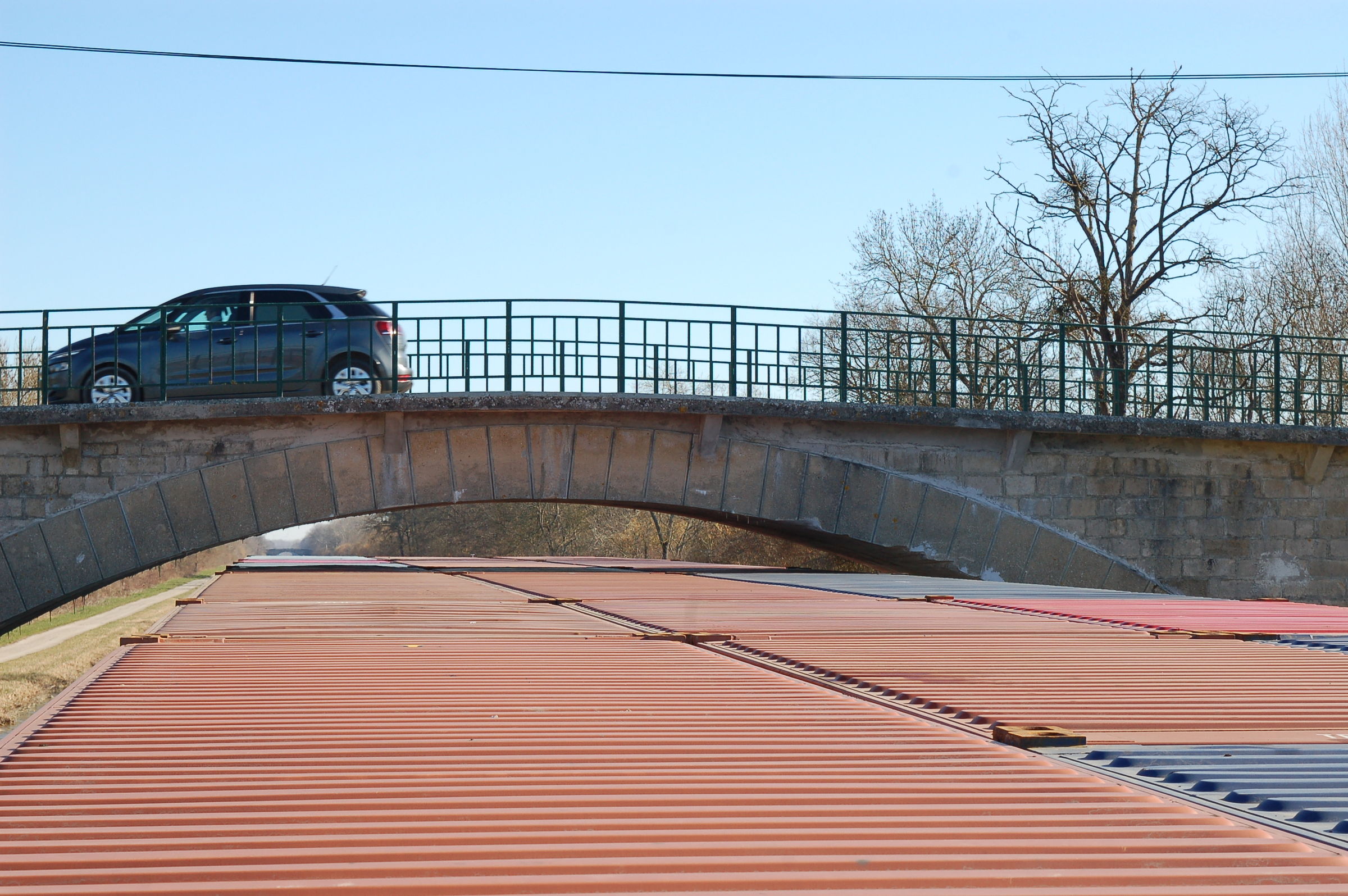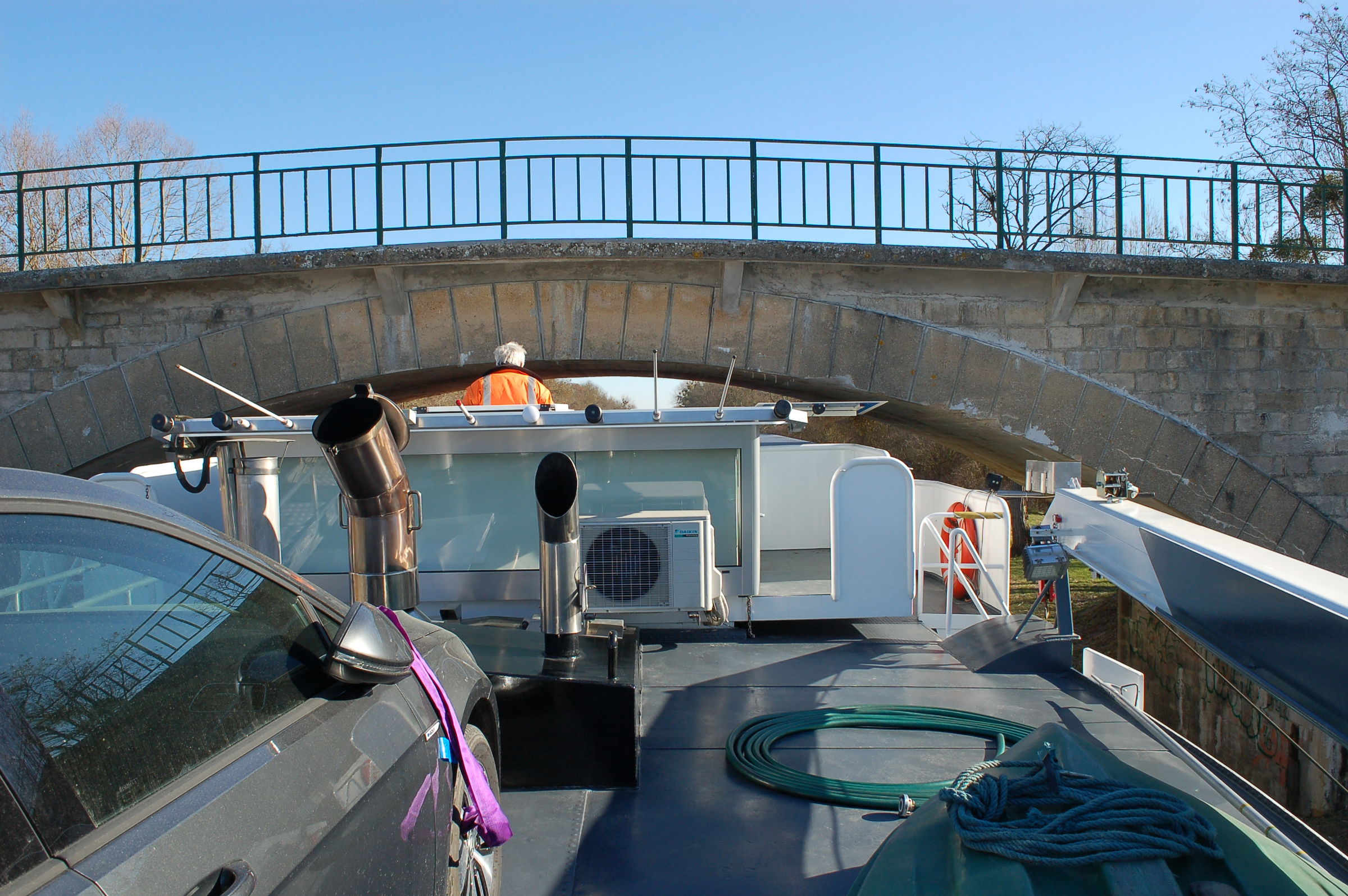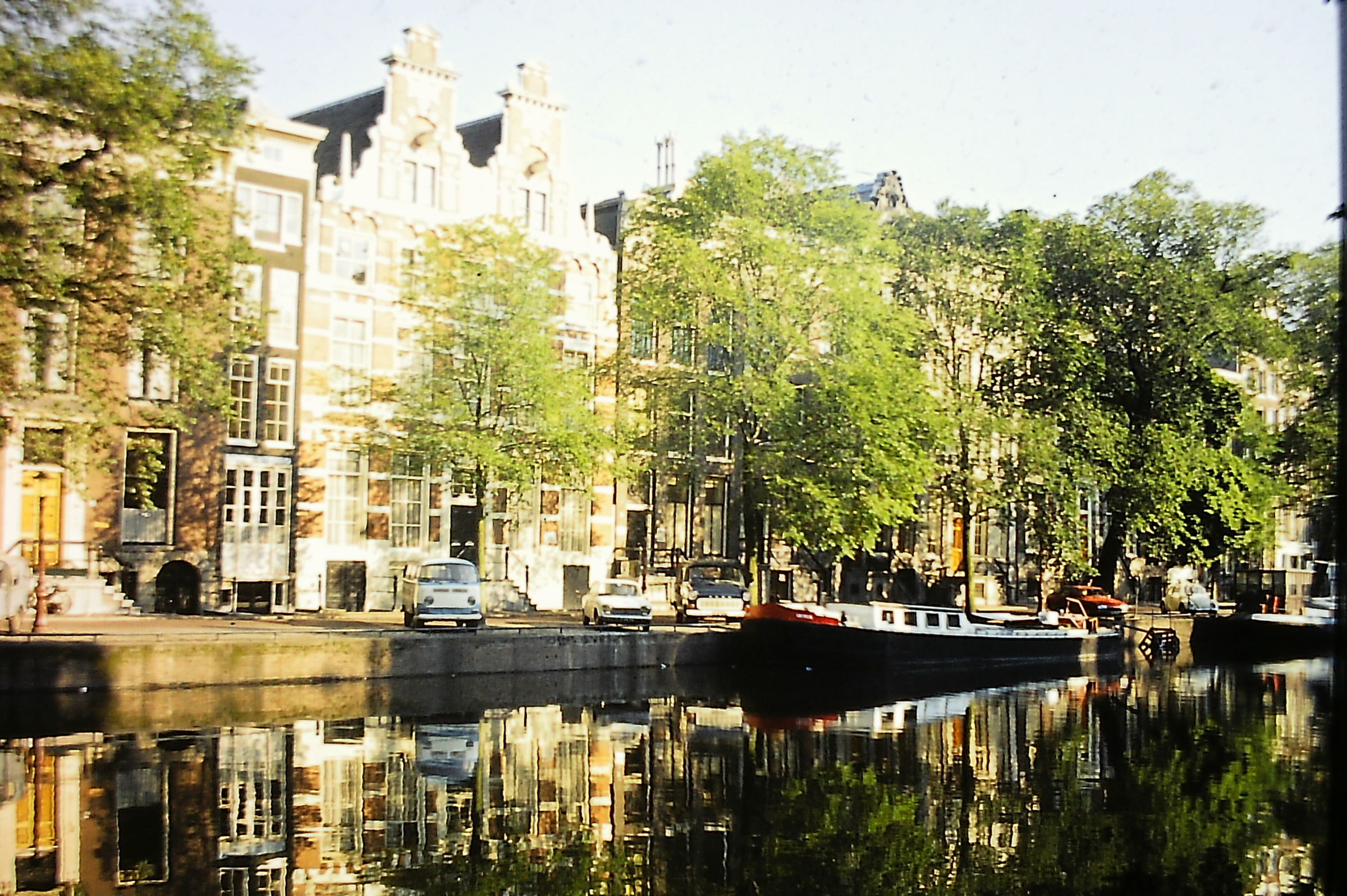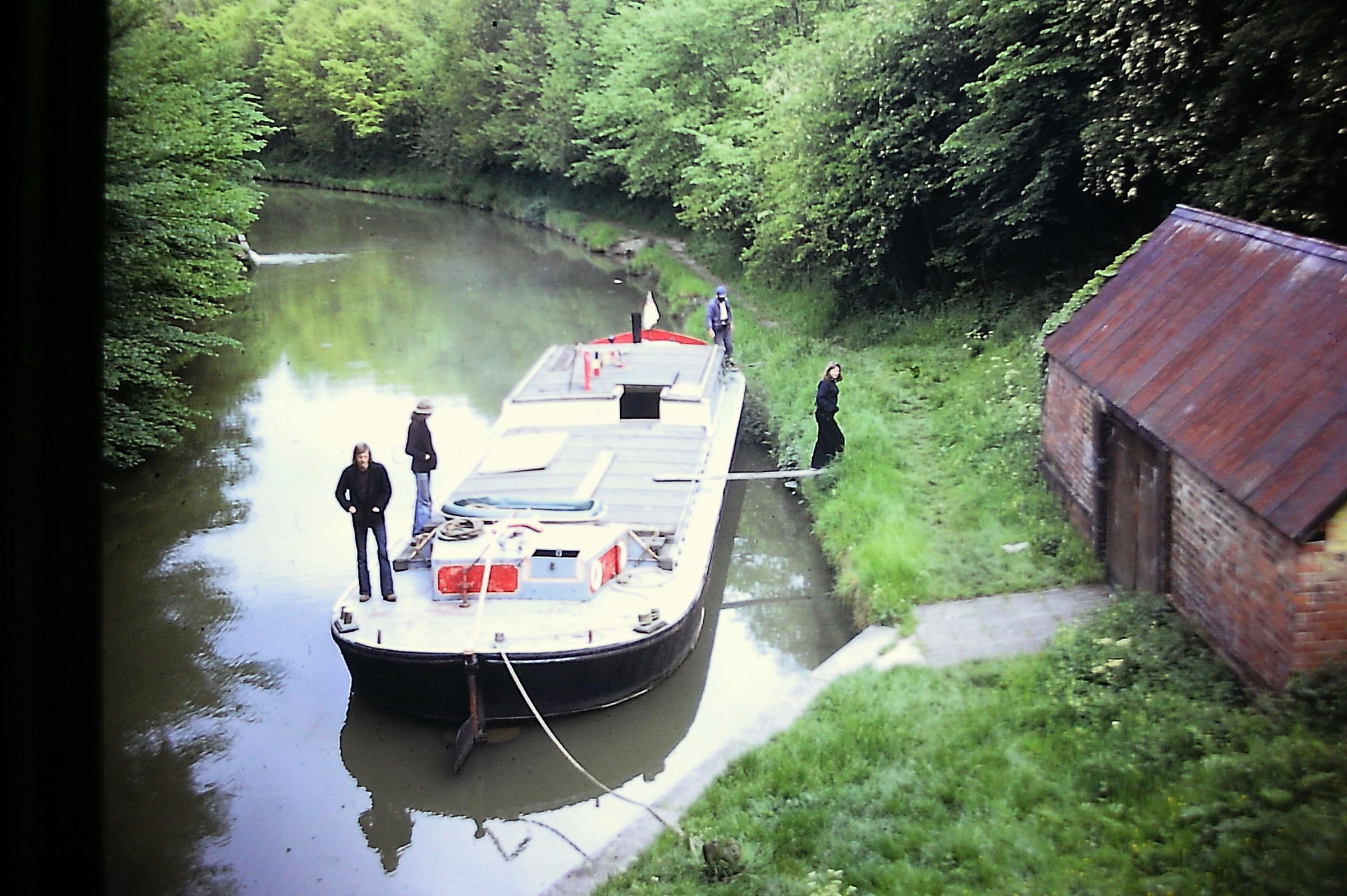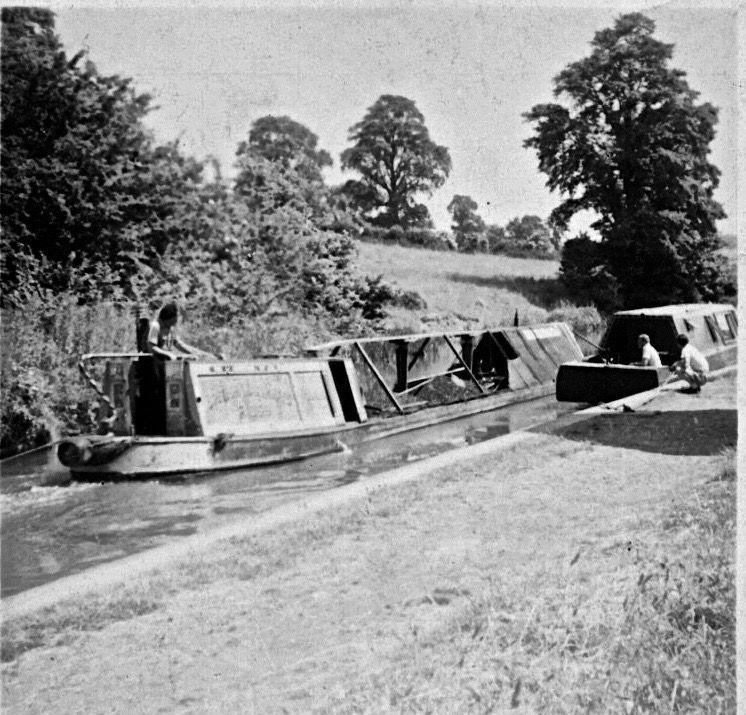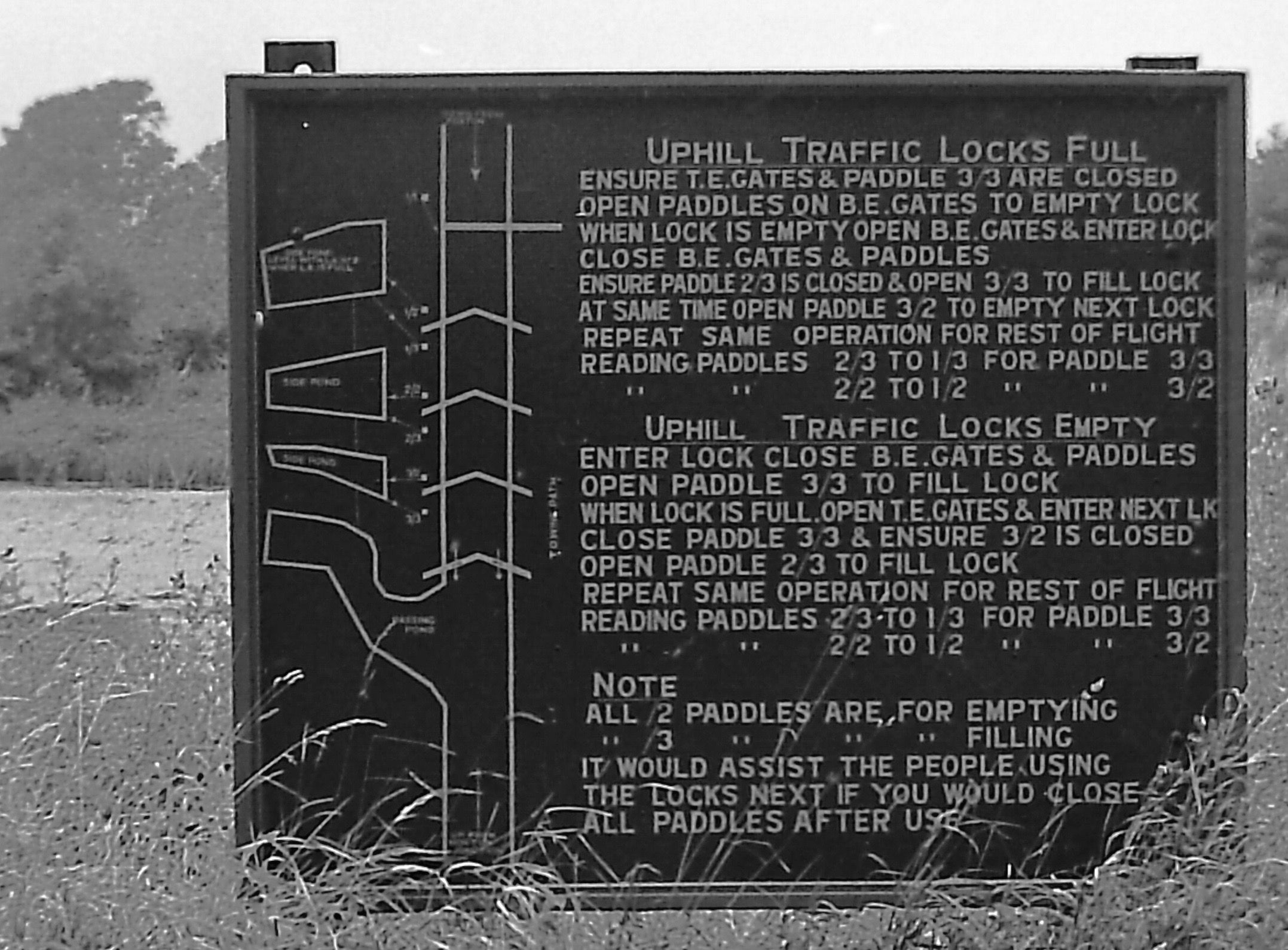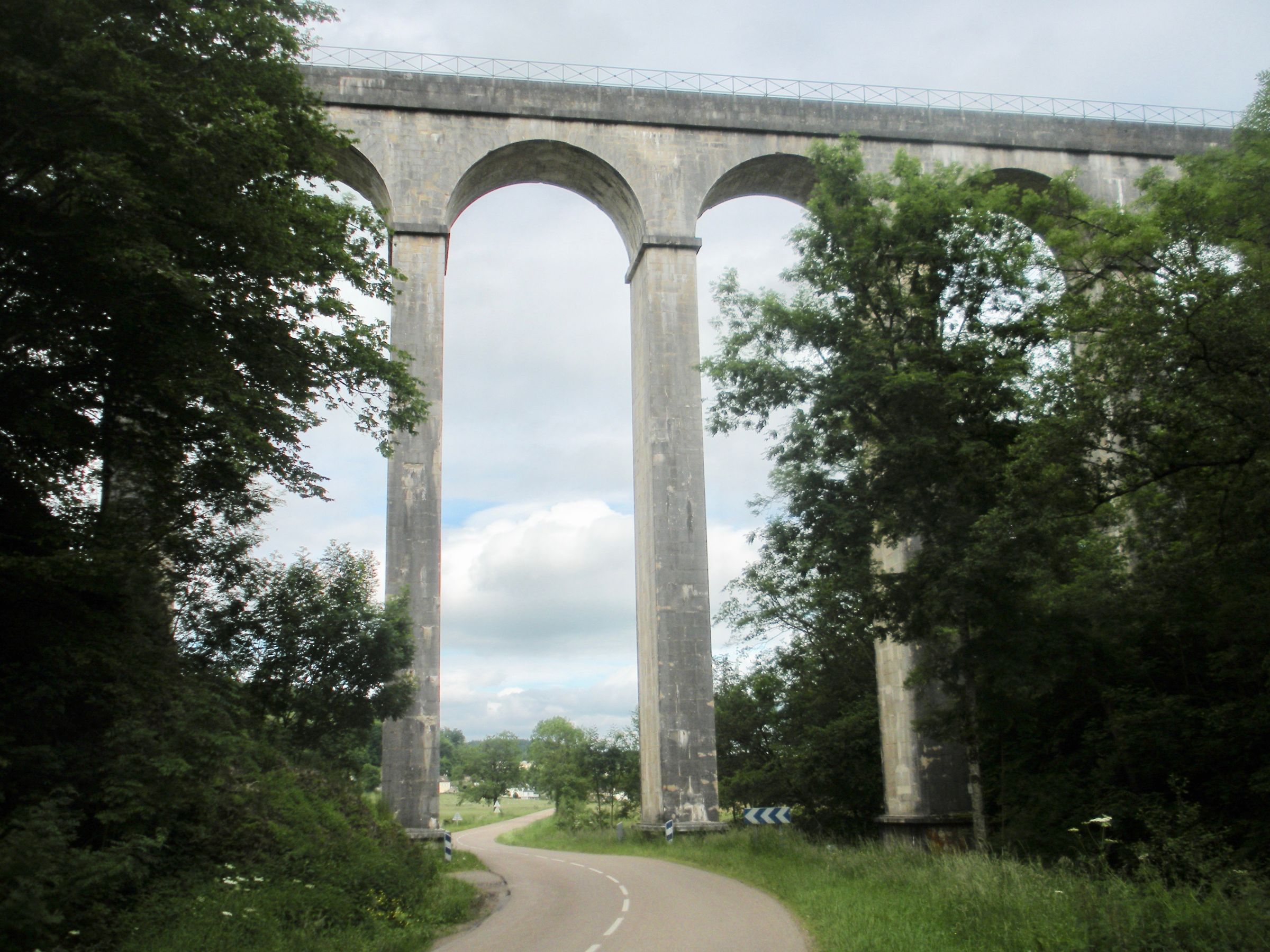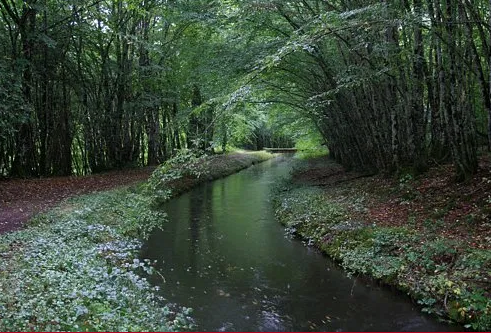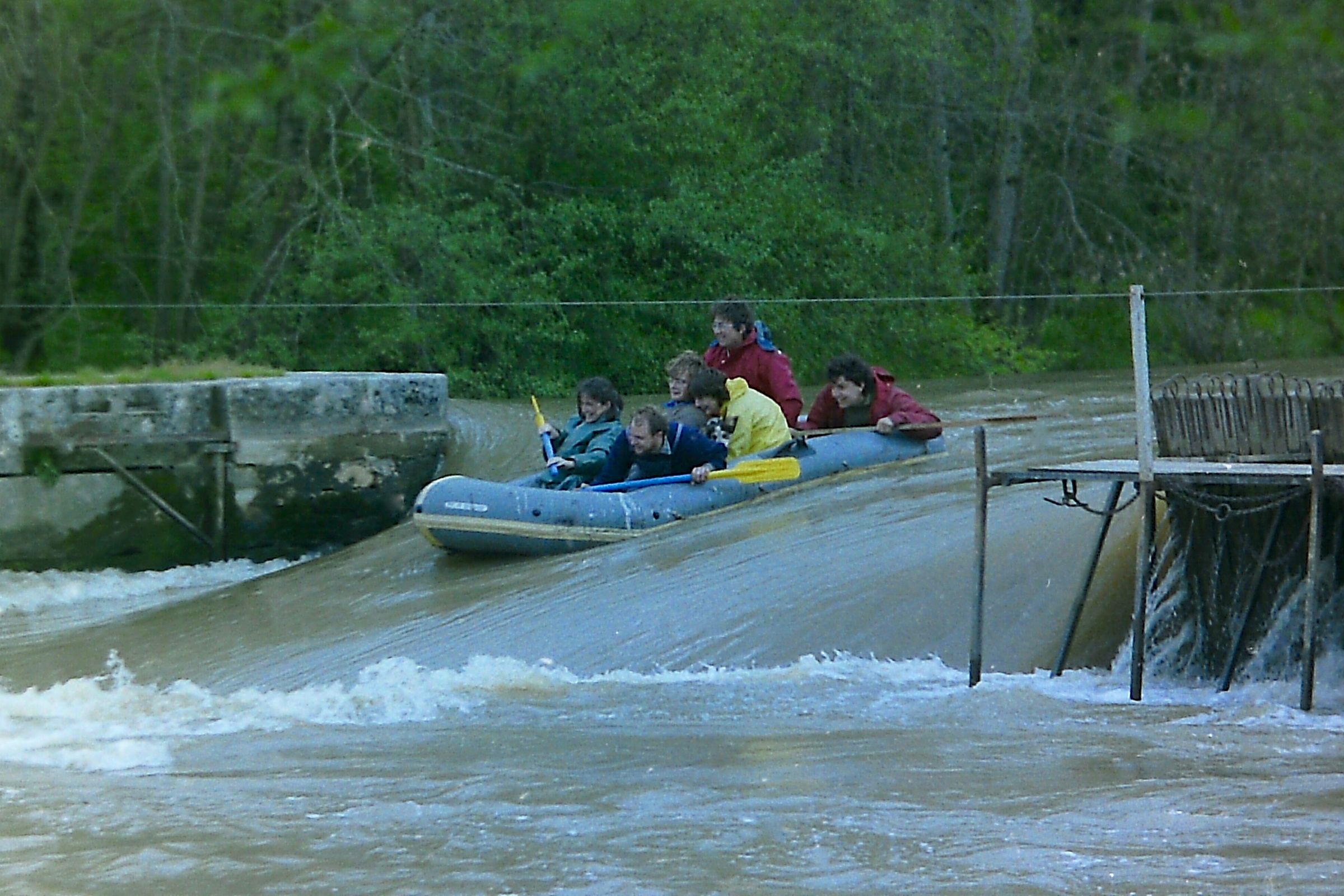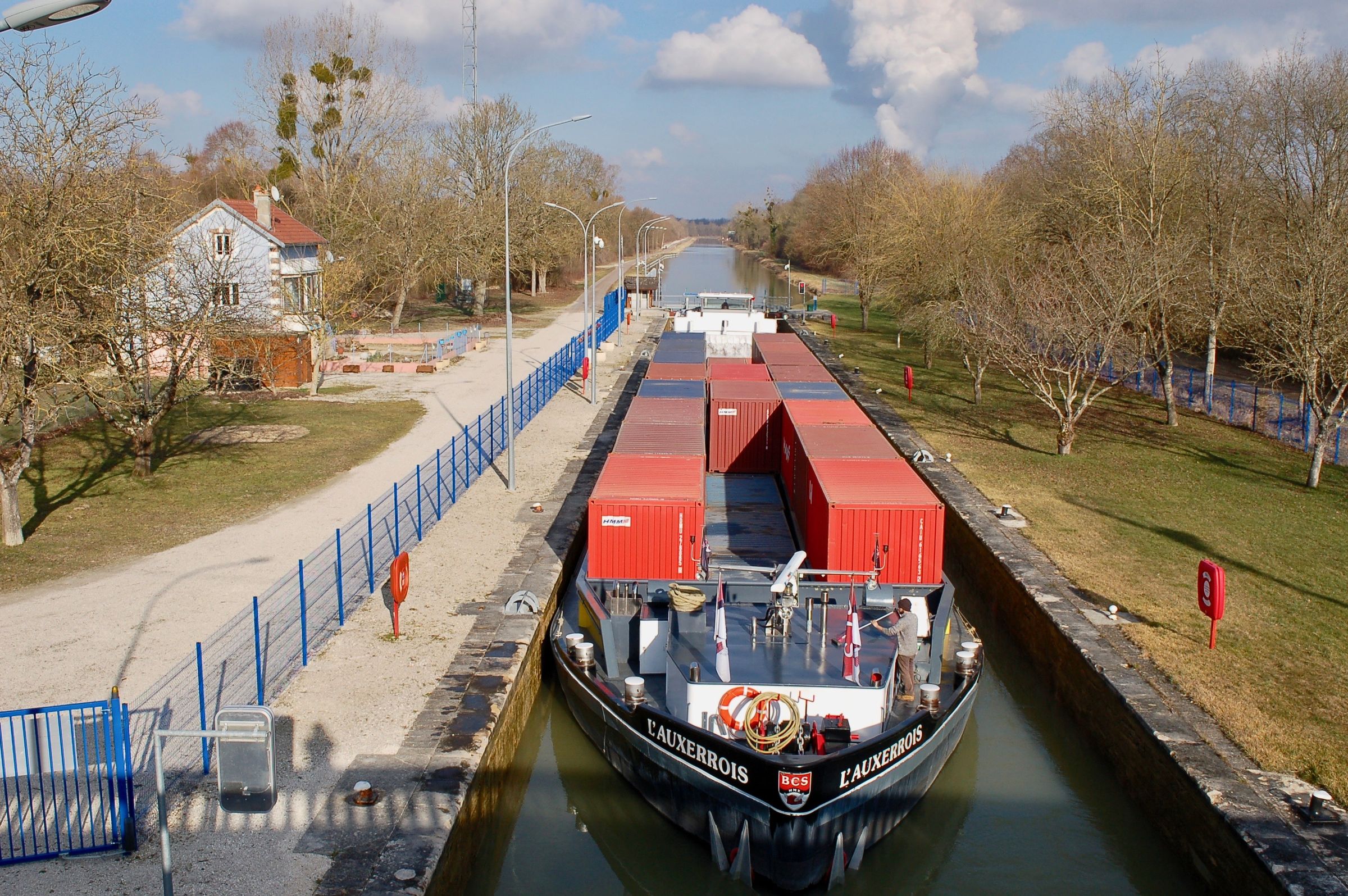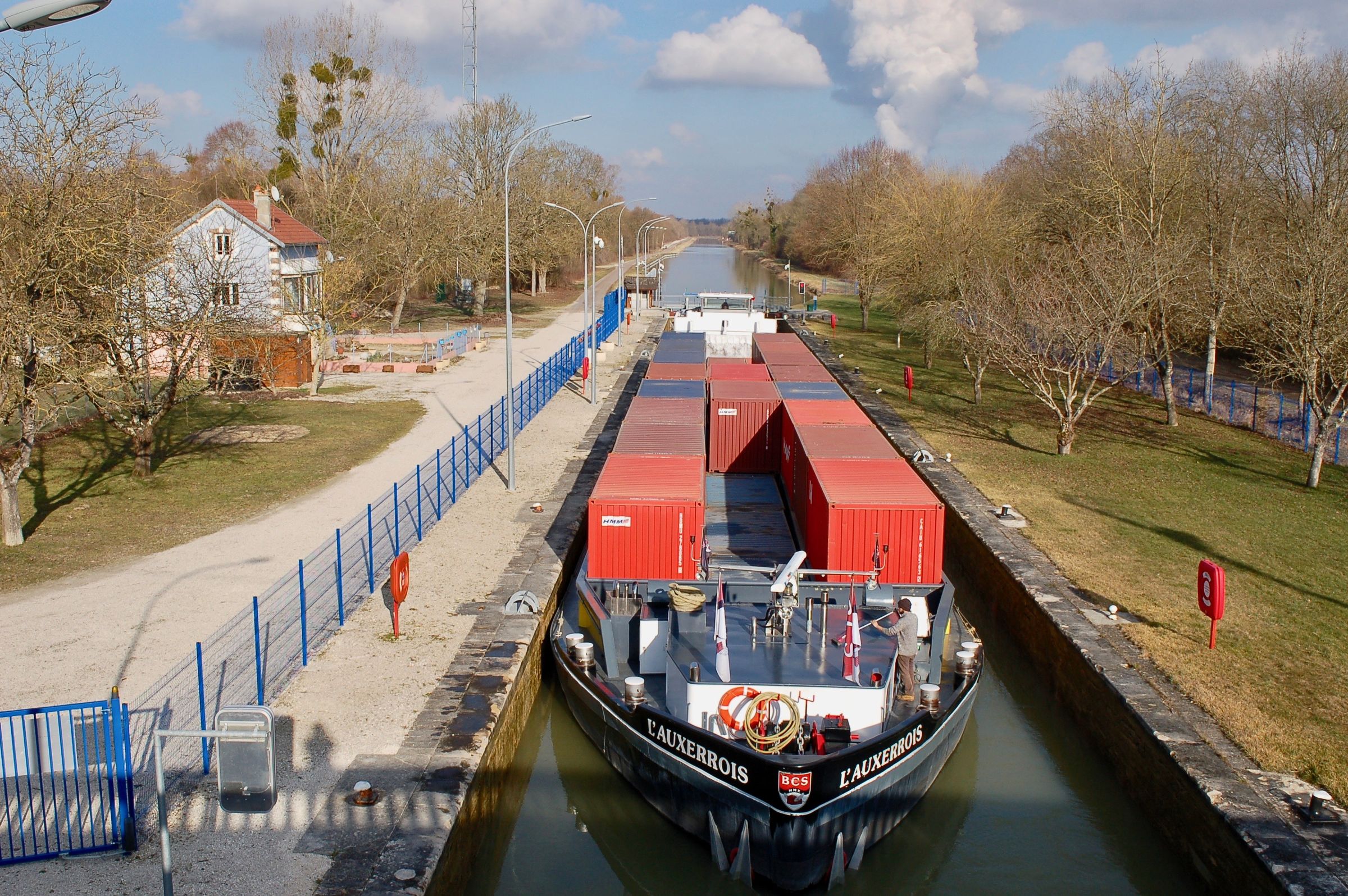-
Posts
319 -
Joined
-
Last visited
Content Type
Profiles
Forums
Events
Gallery
Blogs
Store
Everything posted by John Liley
-
That is because barges of this size (1450 tonnes) have only recently been operating here. Nominally, this part of the waterway is for 700 tonners only, but this particular barge, L'Auxerrois, has ballast tanks enabling her to get 60 empty containers back to the silos. So the operators naturally take advantage. In a different way some of the river sections are every bit as exciting, particularly when the river is in flood. Then, AIS is vital, in order to see if something similar - or somethjing similar pushing something of the same size again - is coming the other way. Hoisting the wheelhouse high helps in judging distances from the bank.
-
Time for a scary moment, perhaps, way up the Haute Seine. The wheelhouse telescopes inside itself and the steerer sticks his head through a hatch. There was a near-miss one day when they forgot to fold back the helmsman's chair andt he roof couldn't come down enough. A (biigger) waterway is being built alongside.
-
I cannot help further here, I am afraid. We made many mistakes in fitting out Secunda as a hotel-barge and, while improvements were later made, and to some extent she prospered, she was a mighty complicated vessel for private ownership. The family who first bought her from us had previously had a smaller barge, upon which, if they wanted hot water, they had to light the gas, then put the kettle on. They'd had a marvellous time. Had i been a neutral I wold have advised them to stay with that. The Arthur was simplest of all. Mike, when he sold her to me first time around, had a plywood cabin put on in just three weeks and covered the top in roofing felt. And we, too, had a whale of a time. I attach a picture of her in the Singel in Amsterdam. Happy days indeed!
-
No, it was afterwards. I shared the Arthur with Michael Streat for two or three years, then sold my share back to him. We brought the Arthur back from the Netherlands, in tow for much of the way by my own new purchase, Secunda. Mike wanted to refit the boat up at Braunston, but became interrupted and the Arthur was eventually sold to a succession of owners, amongst them Richard Branson.,
-
Major maintenance of the Aqueduc d'Oussy at Montreuillon has now been completed. The largest of three aqueducts on the route, it carries the Rigole de l'Yonne, a feeder to the Canal du Nivernais. 28 kilometres long, it has a tunnel as well and a breathtaking passage through the woods towards the Nivernais summit. A group of us went down it once, aided by a useful current.
-
At Vaux, on the Nivernais, one side of the lock is effectively an island, made so by the weir stream beyond. With no bridges installed, the lock-keeper waits for the arrival of hotel-barge Lucole. Then, with the water level adjusted and the barge bikes cleared away, he can get his horses across to the pasture that they love.
-
Come on gentlemen, a bit of positivity, please. That "99% of the goods described will need to be transhipped to trucks to complete their journey" is probably true, but it is also deplorable. Elsewhere the outlook is different. The forthcoming Seine-Nord Canal will not only enable huge tonnages to be taken off European roads, it will attract industry to the waterway's edge - something that on the Aire & Calder has long ago been forgotten about. To revive a previous post, I attach a picture of my (English) friend Leigh Wootton's barge on her way across northern France. She can carry 1,450 tonnes when she really tries, but is limited to 1,000 tonnes hereabouts because of the lack of depth. A new canal is being built alongside, however, for 2,500 tonne loads when it's finished. That's the way to save Planet Earth.
-
Ah, our yesterdays! The Caribbean holiday referred to was in fact a voyage in which I rejoined my old boss, Peter Haward, who delivered yachts for a living. Many of them were of wood, in some cases old wood, and falling to pieces accordingly. This one, however, was of steel, a schooner we moved from Guadeloupe to Cannes in the Mediterranean. Despite being posh, and supposedly well-found, she still managed to spring a major leek 1,000 miles from anywhere, when a weld failed. This we managed to seal with the cement our far-sighted skipper had brought on board. For much of the voyage we saw a ship every couple of days. Nonetheless, if we hadn't got out of the way, the second one would have hit us. As on any voyage, there is always something. For me, I suppose it was a holiday, save for being shaken awake at two in the morning by a dripping figure telling me it was my turn to go on watch. Hence. probably, my return to canalling in later life. Regarding the 'Arthur' trip up the GU, a motivation was to demonstrate to Authority that canals should be used to their limits. Thereby, eventually, they might be made larger. Naive this may seem today, but I remember Harry Grafton, of British Waterways, putting forward a scheme to enlarge the waterway between Brentford and a transhipment terminal to be built at Watford. Even today such a project would get short shrift from a government with little connection with the benefits of water transport. Elsewhere, the viewpoint is different. To illustrate, I attach (hopefully, if I press the right buttons) a photo of a (British( friend's barge in France. This has 1,450 tonnes capacity, though carrying only 1,000 tonnes here, on a canal that was really intended for aa great deal less. The Grenelle Environnement, a Think Tank established when Sarkozy was President, has been rooting for water transport on a major scale. Indeed, a 2,500 tonne Canal is being built to succeed this one.. For more, if that is to your taste, see my forthcoming article in Waterways World, due at the end of this month. Canals move on, whether we want them to, or not!
-
I have restrained myself from joining in on this topic, but can resist no longer. In the 1950s and 60s, when Britain’s canals were falling apart, the attitude of campaigners was to push for restoration on every route we could. Dimensions were important.. The 1904 edition of Bradshaw’s Canals and Navigable Rivers gives “the maximum size of vessels that can use the navigation” as a14 ft 3 in beam for the section between Brentford and Braunston. When wider locks were later introduced north of Braunston similar figures were listed (see Inland Waterways of Great Britain, 1950 Edition) The notion of a 12 ft 6 in limit on the Grand Union Main Line was convenient for British Waterways, when that less than enthusiastic body was in control. The existence of the compromise freight barge Progress, built at 12 ft 6 in provided a useful example, but the Right to Navigate still existed and no formal change was ever attempted. British Waterways liked to suggest that 14 ft 3 in beam was acceptable south of Berkhamsted and 12 ft 6 in beyond, though narrow boats worked side by side over many other stretches. Why Berkhamsted? See the writings of the late Robert Aickman, the man who really saved our canals. “The Great Berko Mystery” he called it. In 1971 I took the Leeds & Liverpool short boat Arthur, 14 ft 3 in in beam, from London to Braunston – then beyond. I had been invited to do so by my friend Michaet Streat, who ran the Braunston complex (and also the Blue Line carrying fleet, on the Jam Hole Run). Being well connected with the canal maintenance staff, he enrolled their co-operation to the extent that, at one doubtful bridge in particular, they would come and dig away the towpath to free us. In the event we reached Braunston without difficulty, passing oncoming craft without problems (though we went through tunnels in the middle of the night). Once at Braunston we decided to see how much farther we might get. There were the “new’ locks, after all, but it was the bridges that undid us. At Number 103, half way to Napton, we stuck for several hours, as a working party evolved, drawn in increasing numbers from the boats we held up. I am forever grateful for all those good people, who helped in hacking away the towpath with chisels and who, when we were free again, cheered us on our way. It amazes me, still. that British Waterways, presiding over a regular traffic in narrow boats that travelled, whenever they could, breasted up in pairs, should have built a concrete towpath sticking out three inches and a half more than it should. If such a body really wanted trade this would never have happened. The path on each side, I might add, verged on the non-existent. Then, after a few more miles and locks, another bridge intervened. This was at the Blue Lias Inn near Stockton. There, though the width was alright, the bridge arch wasn’t.. From there we backed up, turned the boat around somewhere and, ultimately, took her off to France. Where, I might add, there are wider craft aplenty. And for good reason: they are more comfortable. They will keep on coming. And, however the arguments flow, let us at least stick to the dimensions for which the Grand Union Main Line was built.:14 ft 3 in, not 12 ft 6 in. And certainly not 13 ft 11 in. That was just plain silly.










